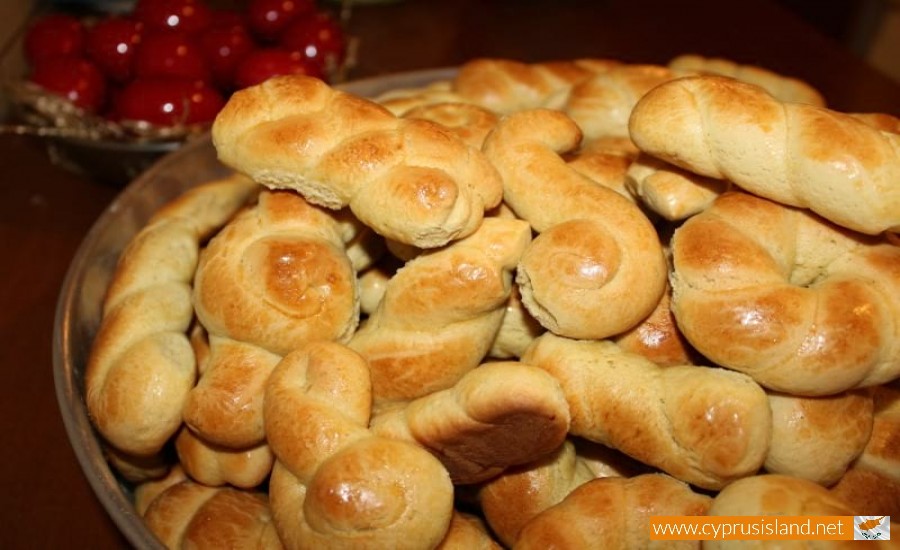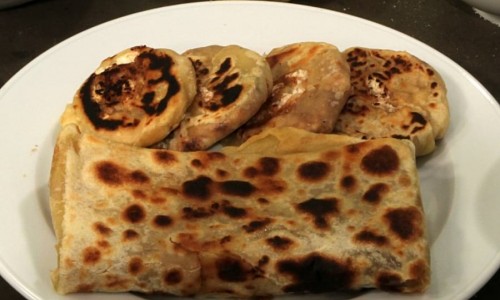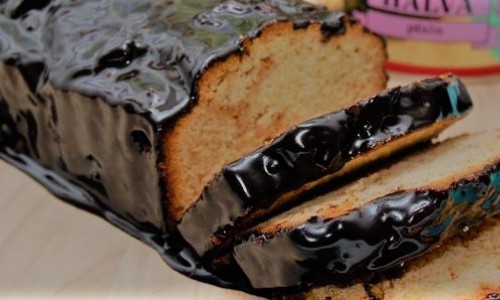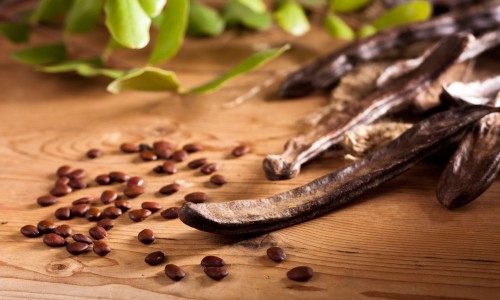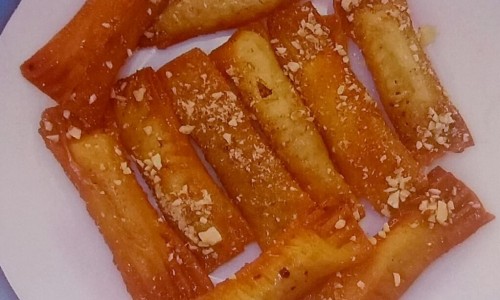Easter Biscuits (Koulourakia)
Every spring, the scent of vanilla, orange zest, and butter fills the homes of Greek families around the world. These aromas are the hallmark of Koulourakia, a traditional Greek cookie that graces tables during Orthodox Easter celebrations. Twisted by hand into elegant braids or coils and topped with a glossy egg wash, koulourakia aren’t just a delicious treat—they're a symbol of tradition, hospitality, and celebration.
Koulourakia (pronounced koo-loo-RAH-kyah) have roots that go back centuries. Their name is derived from kouloura, meaning "loop" or "ring," a nod to their circular or twisted shapes. These cookies were originally made in ancient times to honor the gods, often baked in open fires and served during spring festivals. Over time, as Christianity spread through Greece, these cookies became closely associated with Pascha, or Greek Easter.
In modern times, koulourakia are baked on Holy Thursday—the same day that red eggs are traditionally dyed—and are enjoyed after the midnight service on Easter Sunday.
For many Greek families, making koulourakia is more than baking; it’s a ritual. Mothers, grandmothers, and children gather to shape the dough together, passing down techniques and stories from generation to generation. The cookies symbolize new beginnings, hospitality, and the joy of resurrection and renewal.
They’re typically served alongside Greek coffee or with a glass of milk, and always with a warm welcome for visitors. In many homes, guests during Easter week are offered a koulouraki (singular) as a sign of respect and kindness.
What sets koulourakia apart from other cookies?
- Texture: Light and airy with a slightly crisp exterior.
- Flavor: A blend of butter, vanilla, and often orange zest or ouzo, creating a delicate and aromatic taste.
- Shape: They are twisted into braids, rings, or S-shapes—each baker has their favorite style.
- Finish: Brushed with an egg wash before baking to give them a beautiful golden sheen.
Easter Koulourakia are more than just cookies—they are a sweet symbol of Greek heritage and familial love. Whether enjoyed fresh from the oven or dipped in coffee the next morning, their buttery aroma and delicate crunch are bound to leave a lasting impression.
Whether you’re continuing a family tradition or discovering something new, baking koulourakia is a delicious way to celebrate the season of renewal and togetherness.


